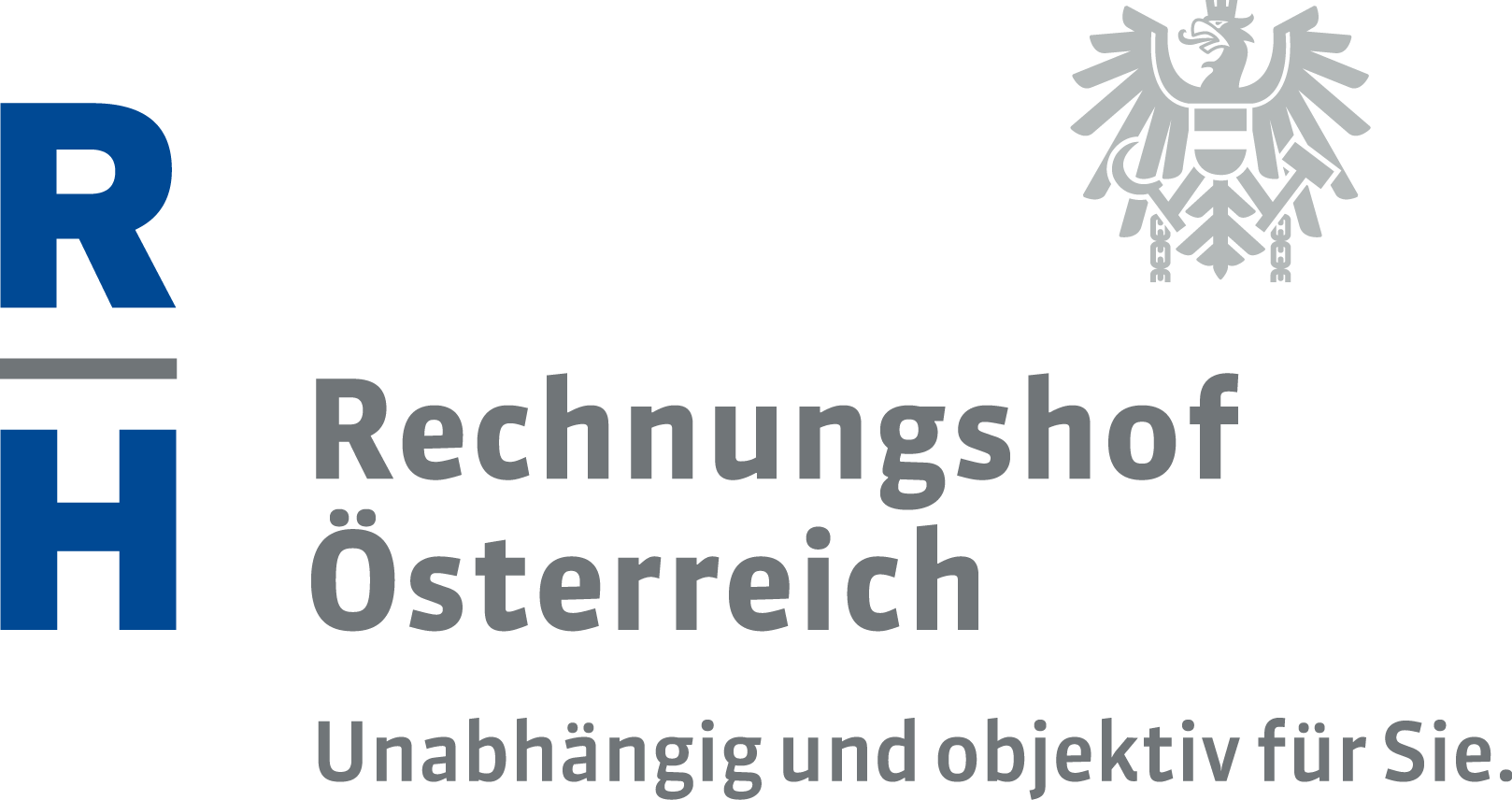Skills shortage requires concerted approach

The skills shortage is costly and hinders the overall economic performance. With baby boomers retiring, the lack of skilled workers is expected to worsen in the medium and longer term. In its “Stocktaking Report on Skills Shortage” („Bestandsaufnahme Fachkräftemangel“) published today, the ACA presents different approaches to combat the skills shortage: continuing education and training; increased labour force participation of older workers, women and migrants; labour market policies; and immigration of skilled workers. The ACA’s auditors recommend creating a more solid data foundation as well as an overall strategy to alleviate the skills shortage. The report analysed the situation on the Austrian labour market from 2008 to mid-2023. In essence, the skills shortage results from a complex combination of interlinked causes and influencing factors.
Strategy and data foundation
In the government programme 2020-2024, the Austrian government commits to securing the demand for (skilled) workforce, and to developing a comprehensive strategy. While federal ministries and provinces have developed different initiatives and strategic considerations, there is still no general strategy based on coordinated measures.
Instruments for estimating the skills shortage exist, but no data is available to carry out analyses of individual professions, at regional level, or regarding the shares of full-time and part-time work. Systematic collection of data about specific occupations and weekly working hours would be required for a more thorough analysis.
Qualification is crucial for success
The future level of education and competences depends on today’s education and training system. The data clearly show that a medium or high qualification level increases employment opportunities and income, and reduces the risk of unemployment. In 2021, around 17 percent of the Austrian population aged 25 to 64 years had at most completed compulsory education. The unemployment rate in this group was 19.4 percent in 2022. It would be useful to implement measures limiting and reducing the share of persons with no more than compulsory schooling.
The ACA furthermore points out that, according to the PISA results, a considerable proportion of pupils lacks basic skills in mathematics and reading. Prevention measures should thus focus on students at risk of leaving school without basic skills.
Make full use of the labour potential
In 2022, almost three quarters of the Austrian population were either in employment or self-employed. The employment rate was almost six percent higher than in 2008, and the number of employees reached a historic peak of 3.91 million, which together worked 5.8 billion hours. Despite the increase of employees, the total number of hours worked remained almost stable since 2008, due to an increased part-time rate. In 2022, 31.2 percent of all employees worked part-time. Moreover, the number of marginally employed persons increased by 23 percent between 2008 and 2022.
More than half of all female employees work part-time
In the last decades, the female employment rate rose considerably – while still remaining eleven percent below the male employment rate. The proportion of women working part-time remained unchanged at 51.7 percent, as compared to 11.9 percent of male employees. It should be noted that the availability and quality of child care (opening hours, staff-child ratio, costs) is crucial to promote the participation of women in the labour market. Other important factors include tax regulations, family allowances and the design of social benefits.
The ACA recommends analysing the legal framework conditions (labour law, tax law and social security) with regards to incentives for part-time employment.
Retention of older employees
A higher labour-market participation of older employees helps combat skills shortages and reduces pressure on the pension system. However, early labour market exit is still incentivised by the legal framework. While the employment rate was at 73.1 percent in the 15 to 64 years age bracket, it was only at 30.5 percent for 60- to 64-year-olds in 2022.
Integration of migrants in the labour market
The ACA notes that the labour market potential of foreign citizens residing in Austria is partly untapped and that labour market integration of migrants from certain countries is low. For example, the employment rate of Afghan, Iraqi and Syrian citizens remained below 45 percent.
Skilled migration
In principle, recruitment of skilled migration from third countries is a suitable means of mitigating the lack of skilled labour. The Red-White-Red Card and the EU Blue Card are important instruments for criterion-oriented immigration. A separate report on the “Red-White-Red Card and EU Blue Card” („Rot-Weiß-Rot-Karte und Blaue Karte EU“) was published on 5 April 2024.
Skills shortage expected to rise
Between 2015 and 2022, the number of open positions reported to the Public Employment Service Austria (AMS) quadrupled and reached 125,503. In 2022, there were two unemployed people per job opening, with large regional differences. The ratio was less than one registered unemployed person per open position in Upper Austria and Salzburg, but six job-seekers per opening in Vienna.
With 263,121 persons, the number of unemployed was relatively low in 2022. Since mid-2023, a rise of the unemployment rate compared with the previous years’ figures can be observed. In March 2024, a total of 291,468 persons were registered as unemployed.
Labour supply in Austria and throughout the EU is on a downward trend for the next ten years, as baby boomers are leaving the labour market. In the medium and long term, the existing skills shortage is expected to worsen.
- pdf Datei:
- 3,165.6 KB
- Umfang:
- 96 Seiten


